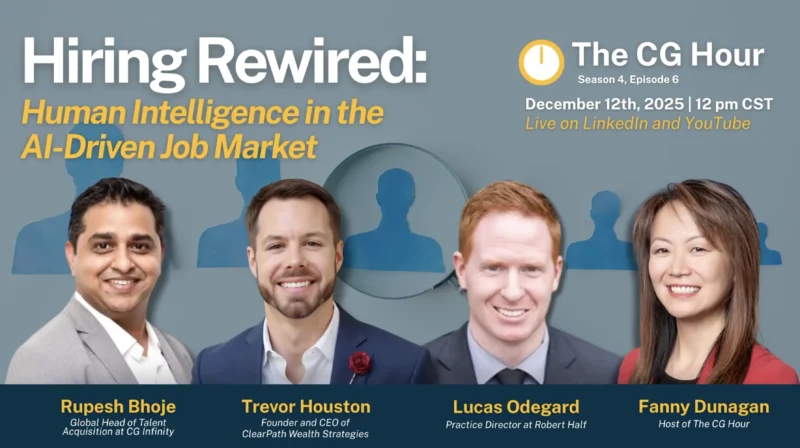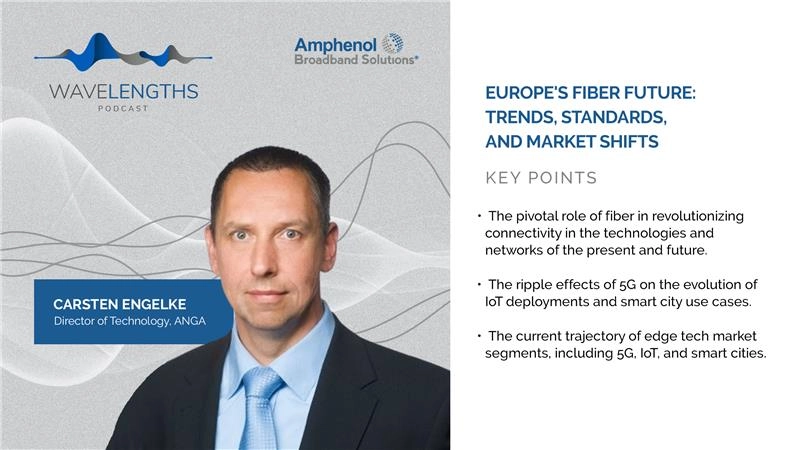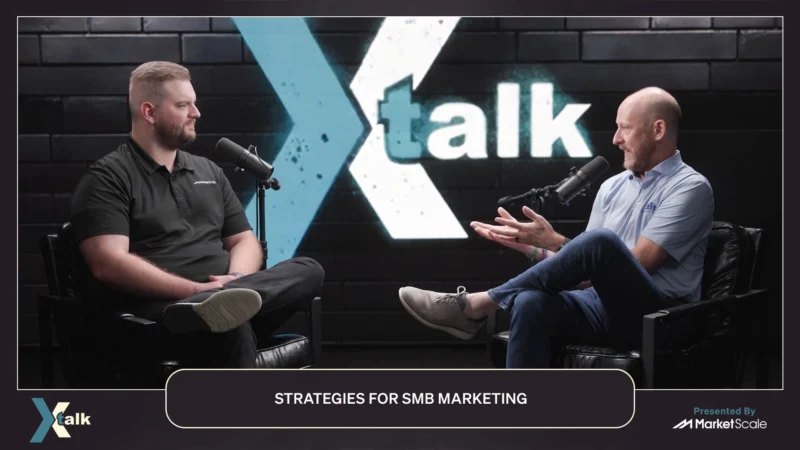FinFit: The Evolution of Employer-Sponsored Health Benefits
In recent years, the landscape of employer-sponsored health benefits has undergone significant transformation. With rising healthcare costs and the increasing complexity of health insurance, employers are seeking innovative solutions to provide comprehensive benefits to their employees. A recent study revealed that the average deductible for Americans has skyrocketed, creating a mismatch between the risk exposure for consumers and their savings. So, what’s the solution to bridge this gap and is there a more efficient way for employers to offer health benefits that truly cater to the needs of their employees?
On this episode of SECURE, presented by FinFit, host by Charles Lattimer, talks with Lamont Thurston, Co-Founder of BENERē, on this vital topic. The duo dive into the intricacies of employer-sponsored health benefits, focusing on the role of supplemental insurances like critical illness, hospital indemnity, and accident coverage. Their discussion covers…
– The rise of critical illness, accident, and hospital indemnity coverage in response to increasing deductibles.
– The concept of captives in the insurance industry and its application in the employee benefits space.
– The challenges and opportunities of integrating supplemental insurances into employer-sponsored health benefits plans.
Lamont Thurston, an economics major with an MBA in Finance, began his journey in the insurance industry by chance. With a rich background in corporate banking and finance, he transitioned to the insurance space, focusing on benefits and property and casualty. Over the years, Lamont has established himself as a pioneer in the captive insurance industry, bringing innovative solutions to the table.




